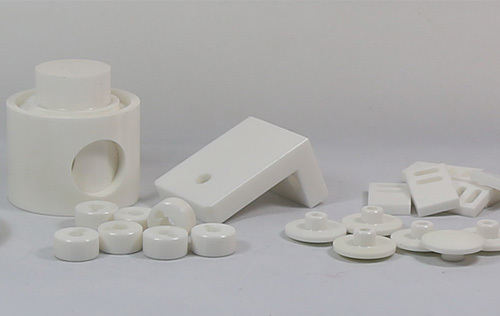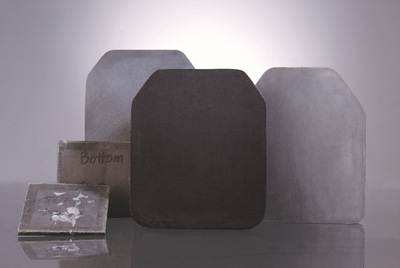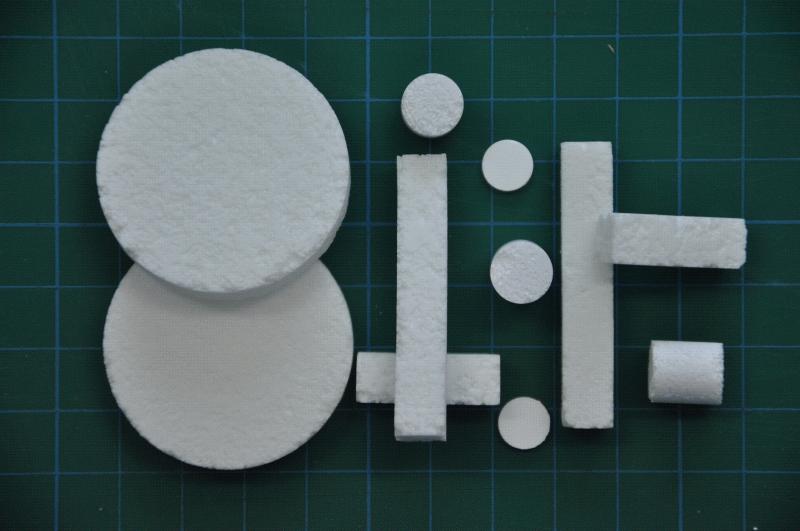1.Overview
ZrO2 (CaO) and ZrO2 (1/2O3) are the two most commonly used ceramic materials for zirconia-based solid electrolytes. Since zirconia is difficult to sinter, it is necessary to add an appropriate amount of stabilizer. In the stabilized ZrO2, the metal ion of the stabilizer is not equivalently replaced with Zr4+, thereby generating oxygen vacancies. Take Ca2+ as an example. When Ca2+ replaces Zr4+, the positive charge is reduced by 2. Therefore, an O2- ion in the normal position must be lost around Ca2+ to maintain the electrical neutrality of the crystal lattice, thus generating an oxygen vacancy. . Similarly, if Y3+ is substituted for Zr4+, the positive charge is one less, and there is an oxygen vacancy around the two yttrium ions. Therefore, there are a large number of oxygen vacancies in the stabilized ZrO2 lattice, making ZrO2 ceramics conductive ceramics.
The conductivity of ZrO2 ceramics with different stabilizers is different.
2. Manufacturing process of zirconia conductive ceramics
The key to the manufacture of zirconia (ZrO2) conductive ceramics is the purity of the raw materials and the preparation of the powder. Generally, the purity of ZrO2 should be 99.5%, which is an ultrafine powder (<0.05μm); the stabilizer is Y2O3 or Al2O3. The purity should be reagent grade.
During powder preparation, due to the high hardness of stable ZrO2, steel ball mills are generally used for ball milling. After about 80h of ball milling, about 60% of the fine powder less than 1.76μm. If the fineness is less than 1μm, the milling time must be extended by 100~200h. After ball milling, the powder should be treated with hydrochloric acid for 48 hours, then washed with water to neutrality after pickling, and dried for later use.
If grouting is used, the grouting can be made into a neutral material in a plastic or porcelain ball mill bottle (cylinder). For example, the ratio of reclaiming: ball: water: gum arabic is 1:1.5:0.16:0.15, and it is mixed for 8-10h to make it have better suspension and fluidity.
Dry pressing is used for molding, and appropriate binder (carboxymethyl cellulose, etc.) should be added to the bad material. Isostatic pressing is the best.
The formed body is fired at a temperature of 1800~1840℃ in a kiln in a neutral or oxidizing atmosphere.

Zirconia ceramics
3. Properties and uses of zirconia conductive ceramics
ZrO2 added with stabilizer has conductivity at high temperature. Utilizing the conductivity of ZrO2 at high temperature, zirconia conductive ceramics can be used as high-temperature electrodes and heating materials.
Utilizing ZrO2's ability to transfer oxygen ions under certain conditions, it can be made into a solid oxygen concentration battery, oxygen sensor, and oxygen concentration measurement.
The oxygen concentration difference battery can detect the oxygen concentration, manufacture fuel cells, produce oxygen, and produce hydrogen by water splitting.
The oxygen meter for steelmaking can accurately determine the oxygen content in molten steel. The main body of the oxygen meter is ZrO2 solid electrolyte.
The zirconia oxygen sensor can be used to measure the oxygen content in the exhaust gas of automobiles, thereby controlling the air-fuel ratio, saving fuel and reducing the pollution of the exhaust gas to the surrounding environment.
In addition, the thermal conductivity and electrical conductivity of zirconia conductive ceramics can also be used as high-temperature heating materials (the highest heating temperature in the air can reach 2100~2200℃) and high-temperature electrode materials (such as electrodes in magnetic fluid power generation devices). At the same time, the advantages of zirconia and lanthanum chromate can also be used to make composite materials.
Declaration: This article is provided by CERADIR™ users or obtained from Internet, the content does not represent the position of CERADIR™. We are not responsible for the authenticity/accuracy of the article, especially the effects of the products concerned. This article is for study only, it does not constitute any investment or application advice. For reprinting, please contact the original author. If it involves the copyright and/or other issues, please contact us and we will deal with it asap! CERADIR™ has the interpretation of this declaration.







